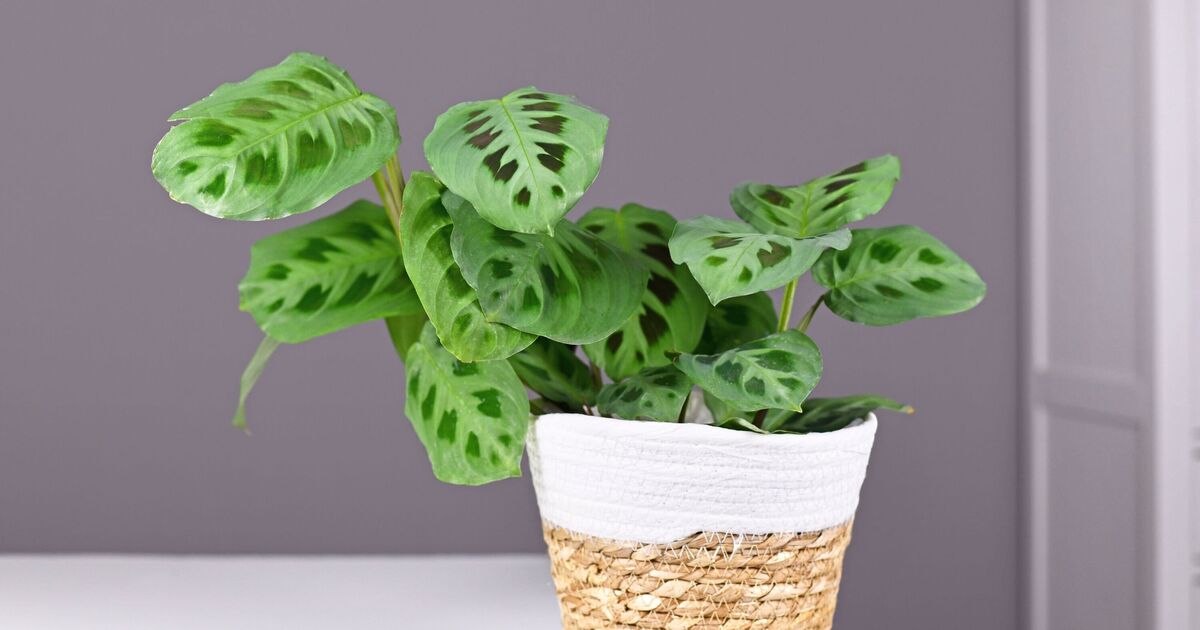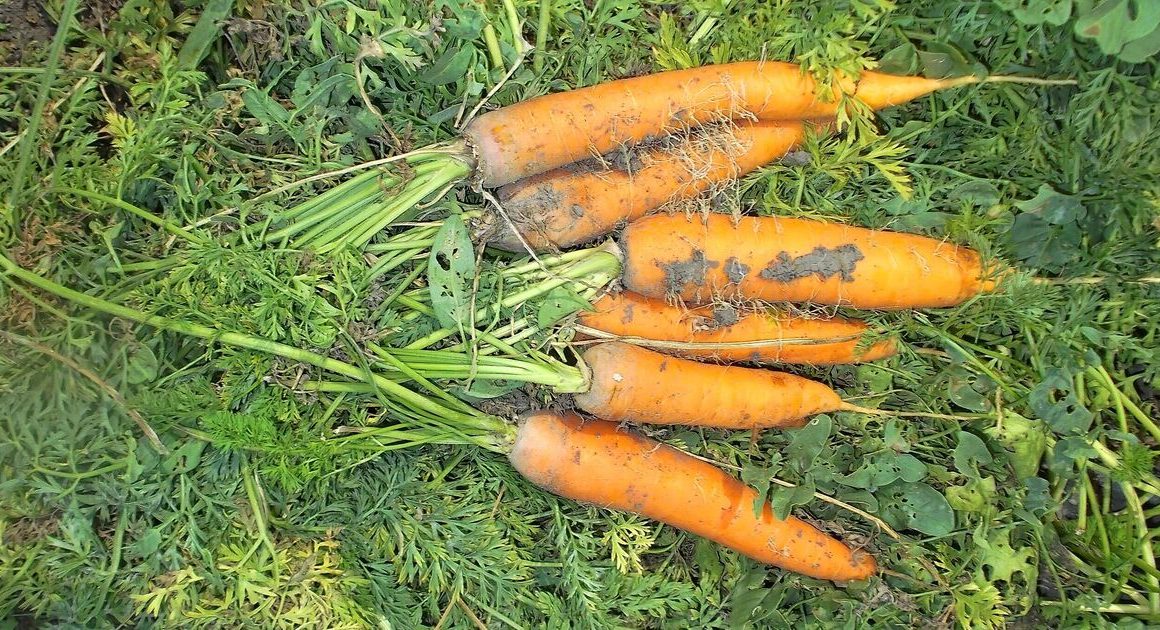Houseplants can struggle heading into the winter months, with a change in lighting as well as temperature.
This can result in them drying out more quickly, browning leaves as well as root rot if they’re being watered too much.
Prayer plants, also known as maranta plants, need specific care in order to thrive.
This includes a consistently warm spot as well as bright but indirect light, making sure they don’t receive any direct sunlight.
With a change in recent weather, my prayer plant was really struggling but I just couldn’t work out why.
It’s important to keep the soil moist, but not soaking wet, at all times from spring to autumn.
This means watering little but often is ideal, which is what I have done, but as soon as I changed one thing, my prayer plant came back to life.
I started watering it with room-temperature filtered water from a jug I keep on my kitchen side, and within a few days, it sprung back to life.
I usually water it with water straight from the tap, which is absolutely fine when the weather is warmer.
Marantas are also sensitive to the chemicals in tap water, which makes using a filtered jug effective.
When watering, make sure to only water the roots to ensure the leaves don’t rot.
The Royal Horticultural Society (RHS) also recommended misting the plant or keeping it in a gravel tray.
This can help to maintain the high humidity which will spur the prayer plant to thrive.
The RHS also recommended feeding monthly but reducing this and watering in the winter months.
I have not started to water all of my houseplants with room temperature water and they seem to be thriving.
It’s super important to change routine in the winter months, and only water when the top two inches of soil are dry.
For me, this is around every 10 days or two weeks depending on how much the heating has been on.












